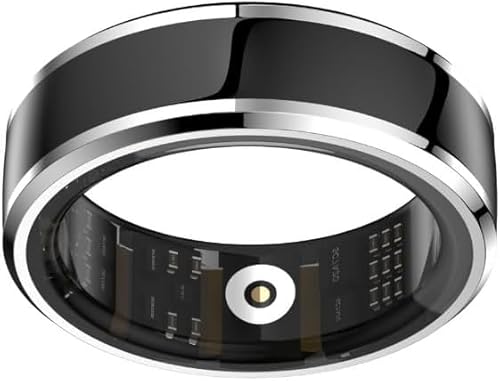RCB and Geebee
RCB and Geebee
RCB, your link to
http://www.ccjm.org/pdffiles/Thamilarasan902.pdfregarding the low freedom from structural deterioration in younger patients ties in with what Geebee said - that the tissue option is a gradual decline.
However, I note also this post containing data I lifted off Edwards' lifesciences website - see the actual "freedom from explant" statistics for the C/E Perimount valve
http://www.valvereplacement.com/forums/showthread.php?t=15720. (first graph)
Note that even for those who received valves at age 20, the freedom from explant was over 60% at 15 years
This obviously doesn't take into account the freedom from structural valve deterioriation, which the graph below it addresses for differing valve types for 40 year olds. For those patients, 50% of pericardial valve users were free of SVD at 15 years.)
RCB, I can't recall whether this is for the Aortic or Mitral position. My own probelm valve is Aortic, so permit me to assume the slightly more optimistic approach.
The Anticalcification process used for the old Perimount was XenoLogic. Note that for Pericardial Valves, the majority of explants are due to calcification rather than mechanical failure (which can happen with Porcine valves)
Now consider here this description of the ThermaFix process
Disclaimer: you must evaluate this for yourself and read everyone else's opinions as well as mine
http://www.edwards.com/Europe/Products/HeartValves/ThermaFixBrochurePDF.htm
Note:
- the procedure adds an extra stage to the existing, proven XenoLogic treatment.
- the comparative reductions in calcification in 3 separate animals (particularly sheep, who calcify at an astonishing rate) are reduced by up to 75%, usually around 50%, compared to a proven sucessful process. Compare it to the old fashioned Glutaldehyde control, and the results are even more pronounced.
So here I am, like many of you, faced with a dilemma: Go with the proven, or take a risk?
Well, risks vary and grow less with time - the more people who go before you, the better. Follow up on the Magna is up to 3 years (v good so far). Its near competitor, the Mosaic, has 10 years follow up.
So those going for a tissue option have the choice: old and safe (e.g. perimount) medium age and risk (e.g. mosaic) or new and "most" risky (magna).
However, you do correspondingly take a different kind of risk when you play it safe - you risk missing out on something which has had over 20 years to improve on its predeccessor.
I've recently taken a similar risk in life - resigned from an old, safe job in order to pursue a newer one, which requires a reference from my old employers. If they don't like it, I could end up with no job. But looking at the opportunity I saw, and how unhappy I was with my old job, there is no way I could have "played it safe".
To respond to Geebee's
I have not given up any quality of life for having a mechanical valve so please be a little cautious with that type of statement.
I think everyone should have a read of the Anticoagulation section, which is optimistically couched and which will read differently to everyone - i.e. it's a good guide to what's right for you.
I myself reading it could not help but think "this is so not for me". I'm baffled as to how Geebee could think what she does - but I anknowledge the fact that she does!
I have also spoken to a member who is having to attend hospital for blood draws at present. I asked how regularly, she said
How often am I tested? It varies, can be weekly if it is out of range, or two weekly, this time it was after four weeks, I am due to go this week. For me it involves going to the hospital and sitting in a queue (having taken a number like you do at a deli counter) and waiting anything from a few minutes to an all time high of almost two hours. They send my book back to me in the post, I receive it within two days maximum. If there is a drastic change they will phone with the new dosage, if I am well out of range. Then we will go back to weekly or two weekly testing. Eventually they hope to get it to three monthly - but we are already almost a year into it and no sign of that yet.
She, personally, would have preffered tissue with hindsight - to quote
Having had one stroke I really don't want another, that is my fear, more than death itself. Had I known that it is so vital to stay within range, or not go much below, without risk of a stroke I would far rather face another surgery in 10 or so years time
Are her doctors being overcautious? I don't know.
This isn't a direct attack on mechanical - because the overall statistics quoted earlier contain all such stories like this, and the knife cuts both ways.
It's more to say "there are risks with playing it safe, there are risks with the newer stuff".
The one I find most acceptable is the risk associated with the new. Why? Because I can at least
hope for the best, as opposed to "accepting my fate" (ah, how utterly alien to my personality that is!!). As far as I'm concerned, the odds and the game look good, and the risk is there to keep you from getting cocky. Let's go!





















